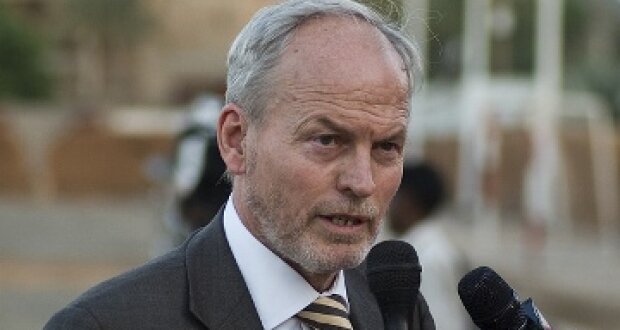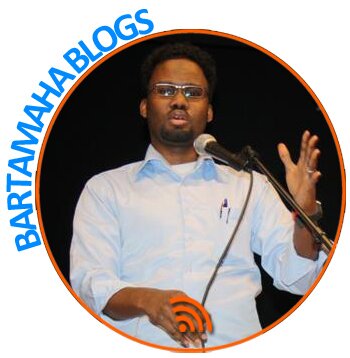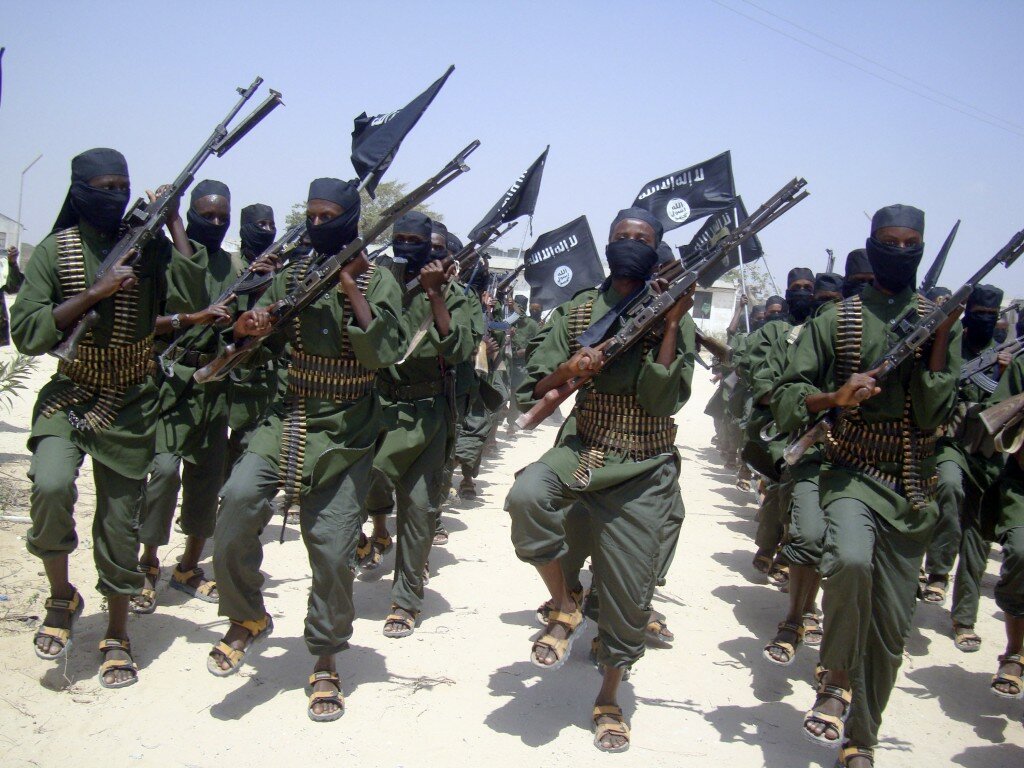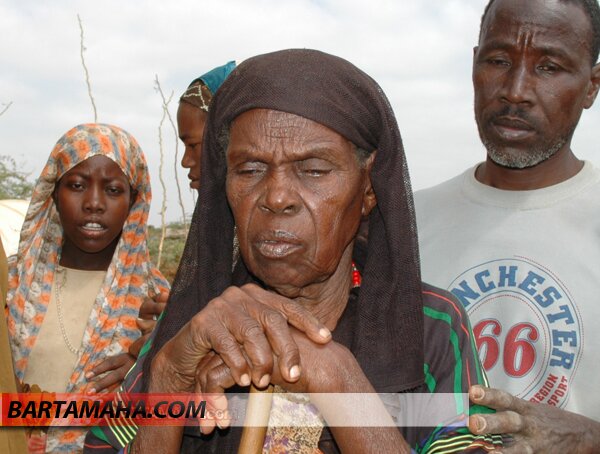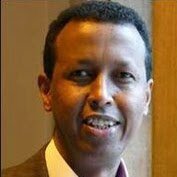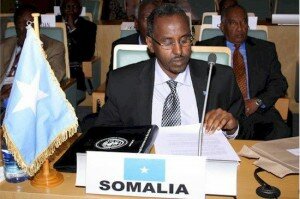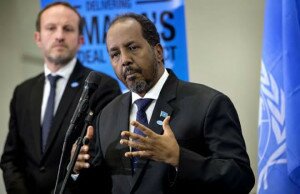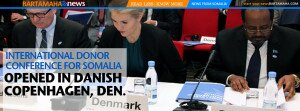Thinking Realistically About Terrorism
 By Philip Seib — The response to the attempted firebombing of a Detroit-bound aircraft shows that the American government, news media, and public have yet to develop an understanding of how terrorism works and where the greatest terrorist threats are to be found.
By Philip Seib — The response to the attempted firebombing of a Detroit-bound aircraft shows that the American government, news media, and public have yet to develop an understanding of how terrorism works and where the greatest terrorist threats are to be found.
The instinctive reaction to link every aberrant act to Al Qaeda indicates that Western governments remain unwilling to face up to lapses in their own security systems that allow pathetic individuals to threaten air safety. More important, these governments apparently do not comprehend how Al Qaeda works. The response to claims of responsibility from Al Qaeda in the Arabian Peninsula – claims that might well be nothing more than taunts – illustrate this.
The Nigerian accused of the unsuccessful attack, Umar Farouk Abdumutallab, may have been inspired by Osama bin Laden and might have received some encouragement – and perhaps even material assistance – from Al Qaeda affiliates, but this was not an Al Qaeda operation. It was sloppy in its inception and its attempted culmination, which is not how Al Qaeda does its business. Mr. Abdumutallab is an Al Qaeda wannabe, of whom there are frighteningly many. Most of them just talk, and some of them get arrested when they talk carelessly. Mr. Abdumutallab went a step farther and actually tried to kill people, but he emerged from the periphery of the terrorist world.
Al Qaeda’s next attacks, which are almost inevitable, will be more sophisticated and deadly, and will involve a plan that is more far-reaching and complex than hiding explosives in one man’s underwear. Once the furor of this incident dies down, renewed attention should be paid to the real Al Qaeda, which operates not just in the borderless mountains of Afghanistan and Pakistan, but also in Yemen and Somalia.
With direct ties to Osama bin Laden, Yemeni Al Qaeda leaders are increasingly disruptive of Yemen’s fragile political system, seeking to create a secessionist state and as recently as last week holding a rally to proclaim that “the United States and its agents” were its principal adversaries.
In Somalia, Al Shabab (“the youth”) is a regional menace that models itself on Al Qaeda even to the point of recently creating its own media company, Al Kataib, which – like Al Qaeda’s As-Sahab – is the official source of videos and public pronouncements by the Somali insurgents.
The Yemeni and Somali Al Qaeda fighters receive minimal attention from mainstream media and indecisive counterterrorism efforts from governments, but they are significant military and political presences in the countries where they operate and they will soon threaten the stability of neighboring nations as well. Their recent surges of activity provide evidence that Al Qaeda is not withering away. While Americans try to understand the rationale for deploying more troops to Afghanistan, they must also be prepared for U.S. military action on additional fronts.
So, while dealing with Mr. Abdumutallab is important and making air travel more secure (and not just more inconvenient) is wise, the real terrorist threat should not be forgotten.
_______
Philip Seib
Professor of journalism and public diplomacy and director of the Center on Public Diplomacy at the University of Southern California
Comments
comments
 Calendar
Calendar






